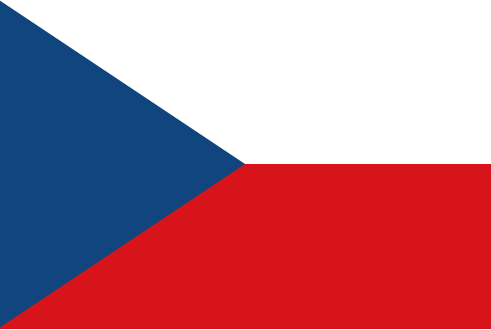Sekce:
Focused on
EMA Launches New Platform to Monitor Medicine Shortages
The European Medicines Agency (EMA) has announced the launch of a new platform designed to routinely monitor shortages of centrally authorized medicines.
Pharmeca a.s.
12/16/2024
Sekce:
Focused on
Medical Devices and Medicines in Slovakia to Have Lower VAT from 2025
From January 1, 2025, Slovakia will introduce a significant change in its tax policy. This step is part of a broader tax reform aimed at improving access to essential goods for the population while...
Pharmeca
12/13/2024
Sekce:
Focused on
European Health Data Space 2024 update
The European Health Data Space (EHDS) has advanced significantly since the initial concept of a digital transformation in healthcare across all EU member states.
Pharmeca
11/18/2024
Sekce:
Focused on
Save the date: EMA organizuje Information Day for CTIS 17. října 2024
Informační systém klinických studií (CTIS) – pokračující proces přechodu
Pharmeca a.s.
10/07/2024
Sekce:
Focused on
Change in VAT Rates for Medicines
Based on the amendment to Act No. 235/2004 Coll., on Value Added Tax, as of January 1, 2024, there has been a change in VAT rates, particularly impacting the increase in prices and reimbursements...
Pharmeca a.s.
02/27/2024
Sekce:
Data visualization
Exchange Rates for Price Referencing at a Click
The key information for conducting price referencing in administrative procedures for drug pricing and reimbursement is the average exchange rate from the previous quarter. Now, you can easily...


Pharmeca a.s.
05/15/2023
Sekce:
Daily overview
A decision of the Ministry of Health of the CR under the no. MZDR 20570/2021-2/OLZP
A decision of the Ministry of Health regarding the appeal of the appelant sanofi-aventis, s.r.o. - the appeal is dismissed and the decision under appeal is upheld.
MZCR
03/24/2023
Sekce:
Daily overview
A decision of the Ministry of Health of the CR under the no. MZDR 23086/2021-2/OLZP
A decision of the Ministry of Health regarding the appeal of the appelant Egis Pharmaceuticals PLC - the appeal is dismissed and the decision under appeal is upheld.
MZCR
03/20/2023

